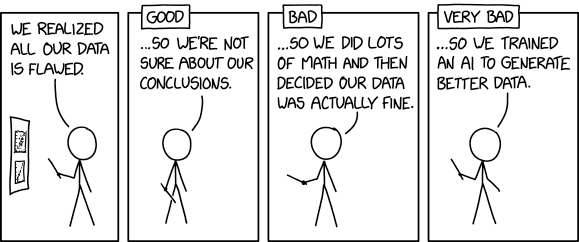Idea that higher education is a good example strikes me as the least convincing one possible; instructor salaries aren't what is driving tuition increases.
— Mike Konczal (@rortybomb) August 13, 2021
And the things that are (admin bloat, declining state dollars) don't have anything to do with BCD. https://t.co/Jasal2v7HN
WEDNESDAY, APRIL 17, 2013
From unsupported hypothesis to conventional wisdom
But the most persuasive account of the relentless rise in cost was made nearly 50 years ago by the economist William Baumol and his student William Bowen, who later became president of Princeton. A few months ago, Bowen delivered two lectures in which he revisited his theory of the “cost disease.” “In labor-intensive industries,” he explained, “such as the performing arts and education, there is less opportunity than in other sectors to increase productivity by, for example, substituting capital for labor.” Technological advances have allowed the auto industry, for instance, to produce more cars while using fewer workers. Professors, meanwhile, still do things more or less as they have for centuries: talking to, questioning, and evaluating students (ideally in relatively small groups). As the Ohio University economist Richard Vedder likes to joke, “With the possible exception of prostitution . . . teaching is the only profession that has had no productivity advance in the 2,400 years since Socrates.”(for more along similar lines)
I'm not an economist, I haven't gone through Baumol and Bowen's research, and my college teaching experience is more than a decade out of date, so I'm certainly missing some salient points here, but if the hypothesis is true, I'd expect to see the following:
1. There should be a shortage of teachers
2. The percentage increase in wages for teaching should be greater than the percentage increase in overall tuition.
3. The share of tuition going to instructional costs should increase substantially relative to costs such as administration.
Rather than seeing all of these, it's not immediately obvious that we're seeing any. College teaching jobs are not easy to get, non-instructional costs seem to be more than holding their own and if you look at people who are paid solely to teach, their wages are increasing more slowly than tuition.
We have to be careful about treating informal observations as data, but with that caveat in mind, there are lots of reasons to question and not much evidence to support the hypothesis that a lack of technology-driven productivity gains by instructors are causing the sharp growth in tuition. Nonetheless, the idea has gone from interesting but unlikely theory to generally accepted fact.
Here's where I blame it all on Steven Levitt.
OK, not really, but this is an example of a journalistic fad that owes a lot to Freakonomics: propping up an argument with a semi-relevant economic allusion. This isn't the same as analyzing a problem using economic concepts (for example, trying to explain health care inflation as a principal agent problem). Instead, what we have here is the idea that explaining a concept is the same as arguing that it applies.
It is, of course, possible that cost disease really is driving the growth of tuition. This is an enormously complicated problem and complicated problems often look very different when examined in detail. Viewed from a distance, though, the idea that a lack of instructional productivity gains are driving the growth simply doesn't jibe with what we're seeing.







